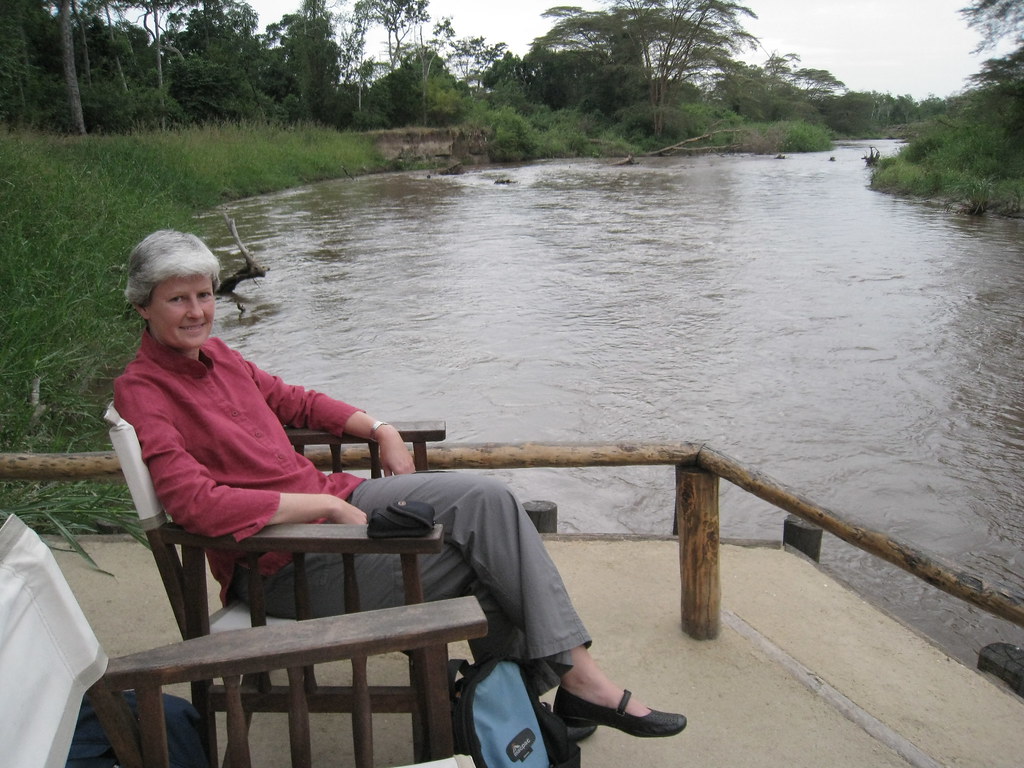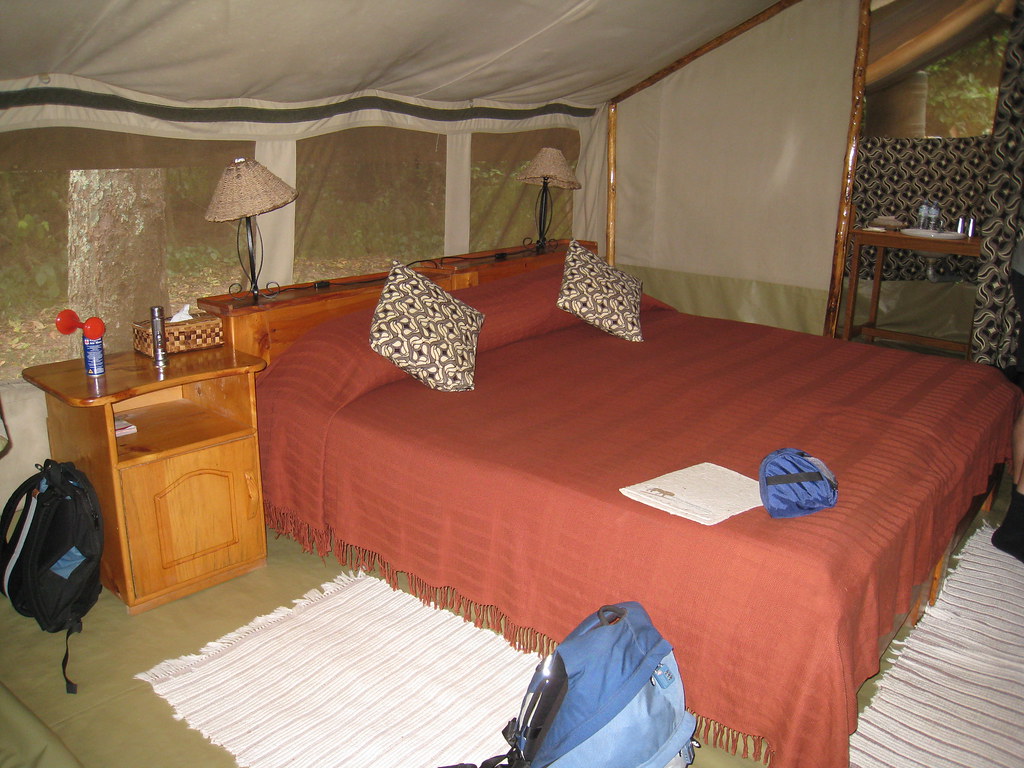
Investigate the Ishasha wilderness within Queen Elizabeth National Park.
Investigate the Ishasha wilderness within Queen Elizabeth National Park.
Ishasha Wilderness constitutes the southern region of Queen Elizabeth National Park, renowned for its population of tree-climbing lions and Central African species, including the Congo buffalo. The region is situated along the border of Uganda and Virunga National Park in the Democratic Republic of Congo, functioning as a wildlife corridor that facilitates the unrestricted movement of species between ecosystems.
The central African Congo buffalo, or forest buffalo, originates from Congo and currently resides in Ishasha, as reported by the Uganda Wildlife Authority (UWA). Notwithstanding the distinctive wildlife experiences, Ishasha is sometimes overlooked by numerous travelers on safaris to Queen Elizabeth National Park in Uganda.
In 2022, Uganda’s most frequented destination attracted 95,340 people, the bulk of them spent extended periods exploring the northern Kasenyi plains, the primary area for tourism operations, featuring the visitor information center at Mweya peninsula. The park’s primary attractions and activities are located in Kasenyi, including the Kazinga Channel, which spans 45 square kilometers and links Lake George to Lake Edward.
Ishasha Wilderness

Kazinga Channel provides boat cruise safaris that allow observation of elephants and buffaloes drinking at the banks, Nile crocodiles, extensive schools of hippos, and over 600 avian species, including the African fish eagle. The Kasenyi area provides nocturnal game drives, nature walks, experience lion study, and chimpanzee tracking in the Kyambura Gorge and Kalinzu Forest reserves. Moreover, there are more than 52 volcanic crater lakes, including Lake Munyanyange, which draws migratory lesser flamingos from Lake Nakuru in Kenya from May to September. While Kasenyi attracts the majority of visitors, Ishasha remains relatively undiscovered and is valuable for animal observation.
Characteristics of flora
Ishasha is situated in the rift valley that delineates the boundary between the East African savanna and Virunga National Park. The two principal rivers that drain the region are the Ntungwe and Ishasha rivers, which go into Lake Edward. The region comprises many biological zones, including dense canopy riverine forests featuring tree species such Ugandan ironwood and white star apple (Chrysophyllum albidum). Forest galleries give way to tall and short grass savanna plains encircled by arid woodland thickets featuring large fig trees that provide refuge for tree-climbing lions. These biomes converge and intermix to sustain a diverse array of species, including lions, both Cape and Congo buffaloes, African bush and forest elephants, topi, Uganda kobs, bushbucks, waterbucks, hippopotamuses, blue monkeys, and tree-climbing lions.
Guidelines for an Ishasha Wilderness Safari
Ishasha boasts more than four lodges and camping areas for travelers to spend the night and prolong their experience in the environment. The Ishasha wilderness camp, located along the banks of the Ntungwe River, offers a range of unique activities, including bush dining, where guests may observe elephants approaching the river to bathe.
To facilitate extended visits, the Uganda Wildlife Authority (UWA) has inaugurated new paths, including the Ishasha Hippo Pool 1 and Hippo Pool 2, where guests can engage in nature excursions to observe hippos along the Ntungwe River. Individuals embarking on a gorilla safari to Bwindi Impenetrable Forest or Mgahinga Gorilla National Parks may enhance their journey by overnighting in Ishasha. The primary benefit of visiting Ishasha is the enhanced opportunity to observe East Africa’s tree-climbing lions, together with topi and the Congo buffalo, which are absent from the Kasenyi plains. Ishasha and Semliki National Park, which has 40% of Uganda’s avian species, including those from the Congo Basin forest biome such as the piping hornbill, are optimal destinations for specialized travelers seeking Central African species in Uganda.
The migration of elephants in Virunga
Since Ishasha borders Virunga National Park, migratory species depend on it for unrestricted movement throughout the 38,000 sq.km Greater Virunga Landscape. This region comprises more than 10 interconnected protected areas across Uganda, Rwanda, and the Democratic Republic of Congo, including Volcanoes, Mgahinga, Virunga, and Queen Elizabeth national parks. The Virunga Conservation Area is renowned for its biodiversity, encompassing mountain gorillas, chimpanzees, golden monkeys, and African elephants.
Mountain gorilla trekking ranks as the premier activity on safari in both nations. Established in 2013, the Greater Virunga Transboundary Collaboration (GVTC) aims to foster conservation by uniting tourism and wildlife conservation authorities to improve cross-border security for the advantage of both animals and local communities. The GVTC’s function is to deter poaching and illicit wildlife trafficking while also overseeing animal populations. In 2021, the frontline rangers saw the migration of more over 500 elephants returning to Virunga National Park from Queen Elizabeth National Park.
Ishasha Wilderness
The Ishasha wilderness area may represent the final migration pathway for elephants within the wider Virunga ecosystem. The animals have historically used this route, and you may observe them during your visit to Ishasha near the Ntungwe River camp. Nevertheless, the protracted wars in eastern DR Congo provide obstacles to elephant movement, ultimately compelling them to seek refuge in Uganda, where safety prevails. Elephants are astute creatures capable of evading threats within their domain.
Consequently, the elephant population in Virunga National Park has diminished to approximately 120 animals, as reported by the Congolese Institute for Nature Conservation (ICCN), whilst the numbers in Queen Elizabeth National Park (QENP) are on the rise. The decline in elephant populations resulted in an expansion of vegetation cover, especially in Lulimbi, the core region of Virunga, where forest cover is surpassing grasslands. Consequently, antelope species that favor grazing in expansive grasslands are compelled to encroach upon agricultural lands, where they are targeted by poachers for bushmeat. This consequently affects the lions and leopards that prey upon them. Nevertheless, the reintroduction of elephants has since resulted in substantial alterations to vegetative cover. Game watching in the Lulimbi area may commence upon the reopening of Virunga National Park.
Lodging in the Ishasha wilderness region
Ishasha provides a diverse selection of lodgings, ranging from camping to luxury options, including the Ishasha Ntungwe River Camp, the sole luxury tented camp in the region. Adjacent to the Ntungwe River, one may find the Ntungwe Tree Lion Safari Lodge and the Bullbush River Camp. Both locations are perfect for nature enthusiasts wishing to reside with a river view and participate in bush meals and nature hikes along the riverbank. Additional lodges in the vicinity, but not situated along the river, including Enjojo Lodge and Ishasha Jungle Lodge.


